Table of Contents
Autumn and winter belong to the cold exposure enthusiasts. After a hot summer, they can’t wait to cool off in an icy river or pond. You probably also noticed that the number of such crazy people is increasing every year, as evidenced by the photos on social media where your friends happily relax in a cold lake surrounded by snow and ice. Maybe you’ve even thought about starting cold exposure therapy yourself to also experience all the benefits it brings. But you probably don’t have enough courage to step into the cold outdoor water yet. In that case you’ll surely appreciate these beginner’s tips for some other, less intense ways of doing cold exposure therapy. However, even experienced cold lovers can always discover new methods.
Why to do cold exposure therapy?
You may be asking why should I voluntarily give up one of man’s greatest inventions in the form of heat, even for a short while, to experience the icy reality of our ancestors? Even just on a surface level, you can still commonly encounter cold weather, be it in winter in the mountains or during a winter walk around the city. You don’t want to get sick the moment you step outside and spend the rest of the winter with a flu, because your body wasn’t resistant enough to the cold.
Exposing yourself to cold is a tool that helps you adapt to the cold more effectively and tolerate it better. The principle is based on targeted, regular, controlled and short-term exposure to cold, which works in your body as a stressor. There is a reaction to this in the form of various mechanisms that lead to a reduction in heat loss and its own production. In this way, your body will learn to use these innate mechanisms more effectively, thanks to which you won’t get so shocked by a drop in temperature. In addition to greater resistance to cold, your reward will also be a number of other health benefits. [1]
What are the main benefits of cold exposure therapy?
- Stronger immunity
- Increased alertness, concentration and productivity
- Fatigue reduction
- Acceleration of metabolism
- Better mood
- Mental health improvement
- Greater resistance to stress
- Pain relief
- Faster recovery after exercise [2–3]
Everyone can find their own reason for opening the gates of the world of cold exposure therapy. If you want to know more about its effects, read our article How to Get a Stronger Immunity Thanks to Cold Water Therapy?
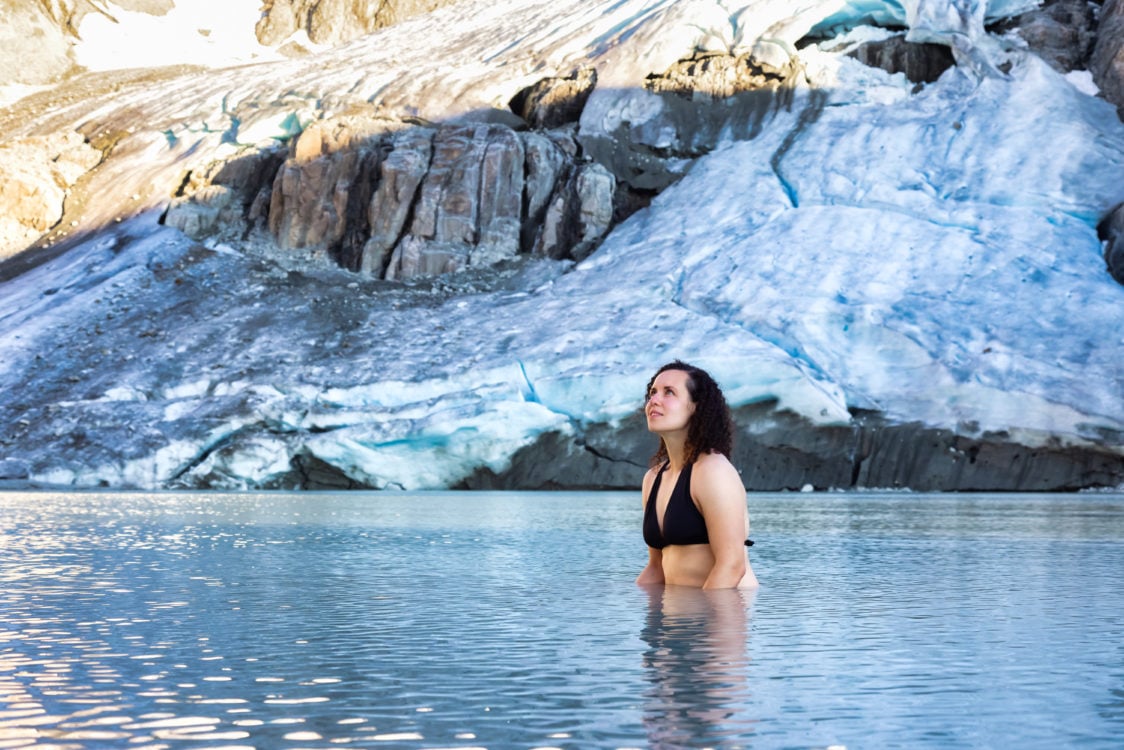
10 methods of cold exposure
To start, you don’t have to immediately jump into a cold lake, run half-naked throughout snowy mountains, swim under ice or bathe in a tub full of ice like the Iceman Wim Hof. You can encounter cold through slightly less drastic experiences and still get the desired benefits from it. In some cases you won’t even have to leave the comfort of your home.
One of the rules of cold exposure is to start slowly. It’s always a good idea to start with the less intense methods, learn how to work with the cold, and eventually get to that tub of ice. At the beginning, it is better to choose only one method, and when you get used to it, you can add something new.
1. Surrounding environment
All you have to do is turn down the heating a little, take off that fluffy Christmas sweater from your grandma, and suddenly your body will start to adapt to the lower temperature. In this way, you expose yourself to thermal discomfort quite deliberately. Eventually, thanks to adaptation mechanisms, this will transform into comfort. After a while, you will find that you don’t need to heat your home to 25 °C, but even 20 °C is completely tolerable. And on top of that, you’ll save a lot of money on heating.
Don’t push the limits too much. Your home is where you spend the most of your time and where you should feel comfortable, not to shiver all the time. According to the WHO, the temperature in a household where healthy adults live should not fall below 18 °C. In the case of children and the elderly, the limit is 20 °C. [4]
In your bedroom, the temperature can be even lover. It is typically recommended to sleep in a well-ventilated room with a temperature of around 15-18 °C. In the evening, body temperature naturally decreases. By lowering the ambient temperature, you give your body a signal that it’s time to sleep. [5]
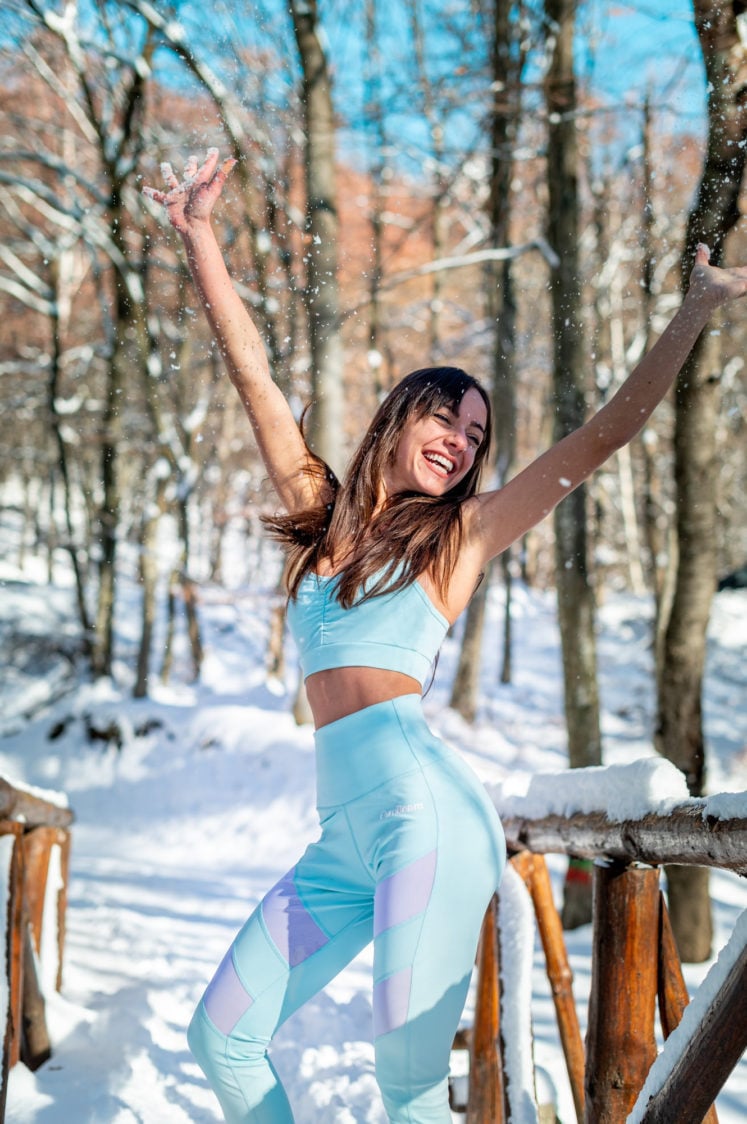
2. Cold Air
In autumn and winter, all you need to do to get to some cold air is to step outside. So why not use it to your advantage? Again, take it easy. I, for example, start my mornings throughout the whole year by opening the window, ventilating properly and stepping out on the balcony for a while. The cold air wakes me up nicely and gives the signal that it’s time to start another day. This is also a much less harsh method than jumping from a warm bed immediately into an ice shower. Another option to get used to the colder environment is to start taking out the rubbish wearing just a T-shirt.
Even when you go outside for a longer walk, you can dress a little less. Even in winter, it is not necessary to wrap yourself in at least five layers of clothing. Be aware that you may feel a little cold when you go outside. But after a few minutes of walking, your body will warm up to a comfortable temperature thanks to the movement. Next time, try to leave one layer of clothing at home or replace the thick sweater with just a light sweatshirt. You may be surprised to find that you are still warm enough and feel a bit more comfortable than being dressed like a cabbage.
How to dress for a winter hike?
The same applies when you go on a long winter walk or hike. You will warm up while walking and there is nothing worse than getting sweaty in the first 30 minutes. Cold sweat will keep you cool, increasing the risk of hypothermia. This risk also increases when you are dressed incorrectly, like wearing a cotton t-shirt instead of a functional one.
Try just 3 layers of clothing like:
- activewear undershirt (absorbs sweat and keeps the body dry)
- middle insulation layer (protects the body from the cold)
- softshell or other ideally waterproof warm jacket (functions as a shield against wind and rain)
As part of the cold exposure therapy, you can remove one of the layers for a certain part of the hike and put it in your backpack. But only for as long as you are comfortable with it and before you start shivering.
You’ve probably already heard of the Iceman Wim Hof, who became famous for walking the mountains in only shorts. If you want to know more about his cold exposure methods, read the article The Wim Hof Method Promises Stronger Immunity, Better Sleep and More Energy. How to Start?
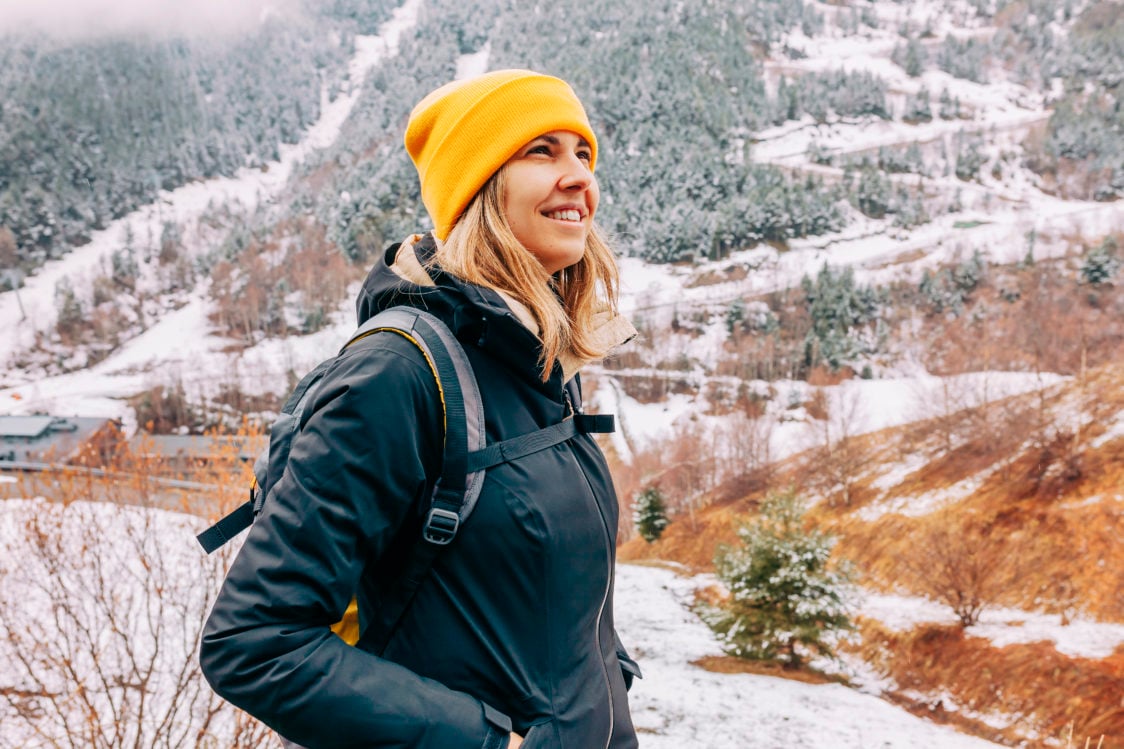
3. Alternating between heat and cold
Showering or bathing in cold and then warm water is especially popular among athletes who use this contrast technique to help with regeneration. It is also suitable for those of you who are not yet comfortable with jumping in an icy lake or doing other more advanced cold-exposing methods.
The procedure is simple:
- Start showering with warm water for 1-3 minutes.
- Then turn the faucet on to cold water and hang in there for about 30-60 seconds.
- Repeat this process at least 5 times. [6]
An even more pleasant way to alternate between heat and cold is a sauna. You can read about its advantages and rules in our article Sauna and Health: the Right Approach, Benefits and Effects on the Body.
You might be interested in these products:
4. Cold shower
For some, the idea of a cold shower in the morning can be the exact opposite of a relaxing start to the day. However, if you take it slowly, you will see that the momentary discomfort will bring you much more than you expected. You will then leave the shower feeling that the worst is behind you, and nothing will throw you off balance during the day. And that feeling of clear-headedness, encouragement and good mood are definitely worth it.
You can start with just lukewarm water and reduce the temperature gradually until the point where you would rather get out of there, but at the same time you can feel that you can handle it for a little longer. For some, it may be easier to first let the water flow over the legs, arms, and then move to the torso and head. Don’t forget to breathe deeply as well, which will take your attention away from the icy reality and gradually you’ll be able to relax more. [2]
Hold for at least 10 seconds and gradually work your way up to several minutes. After you get out of the shower, dry off quickly and wrap yourself in a bathrobe or dress warmly. The advantage of a cold shower is that you can enjoy it all year round, especially on hot summer days. [7]

5. Cold bath
More experienced cold lovers can try a bath in cold water (10-15 °C). It may not be as appealing as a hot bubble bath, but as a result, a cold bath can bring you many more benefits in the long run. The bravest individuals can also try pouring some ice into the water. It is readily available in practically every supermarket. [8]
Compared to a cold shower, a cold bath is much more intense. It’s because the cold affects the whole body at the same time. This is also why this method is recommended only for people who can already withstand at least a few minutes in a cold shower. Also, it’s probably not worth filling the whole bathtub if you’re only going to be in it for a few seconds.
Before immersing yourself in an ice bath, try to relax by breathing deeply. As with a cold shower, the first few seconds are the worst. It will help if you continue to breathe deeply but calmly. After a while, you should feel a little more comfortable. However, increase the time in cold water gradually and bear in mind that 15 minutes is the most often recommended maximum. You can also try alternating a one-minute interval in cold water with a one-minute of rest outside, and work towards the aforementioned 15 minutes. [8]
6. A tank or a barrel
If you are one of the lucky ones with a garden or a spacious terrace, you can get an ice tank or a barrel. However, even an ordinary garden barrel filled with water will do just fine. It will cool down itself as the outside temperature drops. You can also buy more sophisticated and stylish outdoor cooling barrels, which are available in speciality stores with cold exposure therapy aids.
It’s best to start with this method at the beginning of autumn and gradually adapt to increasingly colder water. But in winter, when the temperature drops well below freezing, you have to count on the fact that instead of water in the barrel, you will find only an unusable chunk of ice.
Even for this technique, you should increase the time spent in the water gradually, and after leaving the ice barrel or tank, you should dry yourself immediately, put on something warm and drink something warm, like tea.
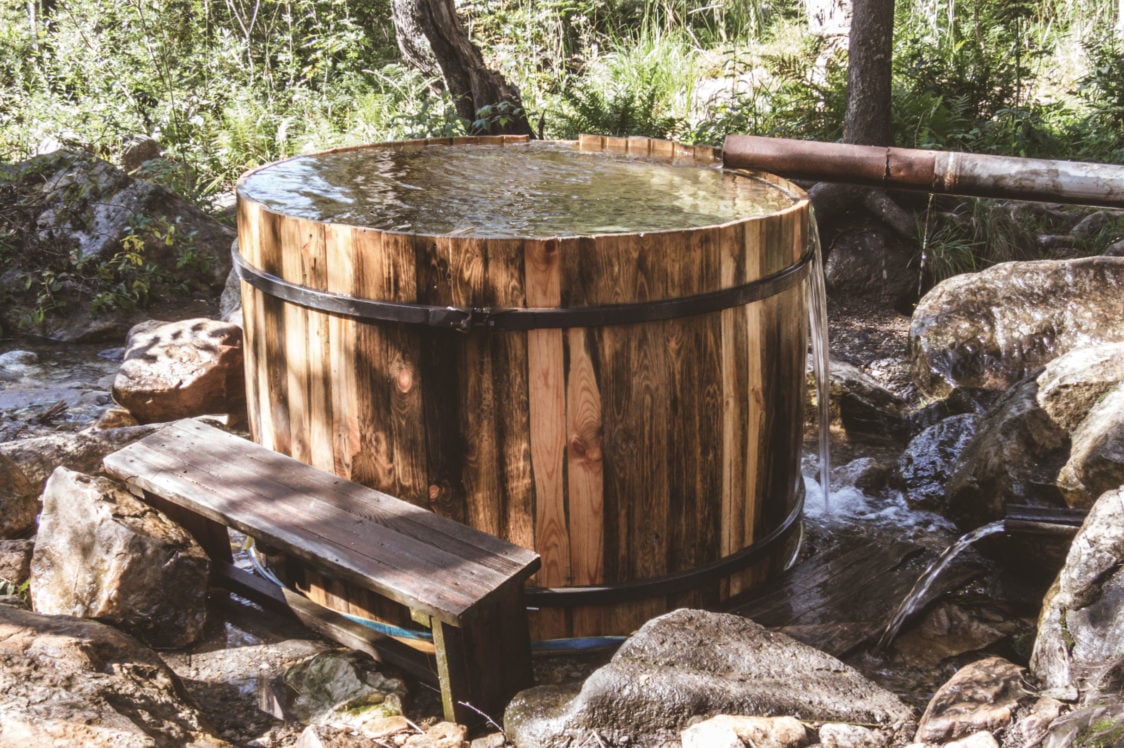
7. Walking barefoot in snow
Even an innocent walk with bare feet in the snow can be quite a challenge. This is another way to make friends with the cold and learn to manage it better. So if you have access to a snowy lawn, give it a shot. But keep in mind that you don’t want to mindlessly run through the snow at the speed of light to get it over with. Instead, focus on your breath and tread lightly. Try to stay on the snow for at least 30 seconds to several minutes. Then quickly put on some warm socks and enjoy the pleasant warm feeling that spreads from your feet to the whole body.
8. Lake, pond or river
Experienced cold-addicts usually can’t wait for a winter relaxation in an icy river, lake or pond. Submerging yourself into open cold water requires a lot of courage and some experience. That’s why it’s a good idea to first practice the cold showers for some time, so that it’s not such a big shock for you. Another way around this is to start swimming in a lake from the beginning of autumn and build up your resistance together with the naturally decreasing temperatures. When you are doing this outdoors, always do it in pairs or in a larger group. It will not only be more fun, but also safer.
You can also get a really intense and unusual experience from swimming in a mountain lake. The beautiful nature and crystal clear water basically beg you to enter. So, if you feel ready, there is nothing to wait for. But be careful not to get overwhelmed by all the adrenaline and keep your safety in mind. Stay in the water for a few minutes at the most and immediately dry off, put on dry clothes and drink some warm tea. To make this experience even more fun, you can purchase some aids like hats, neoprene gloves or socks, or you can measure the temperature of the water with a thermometer.
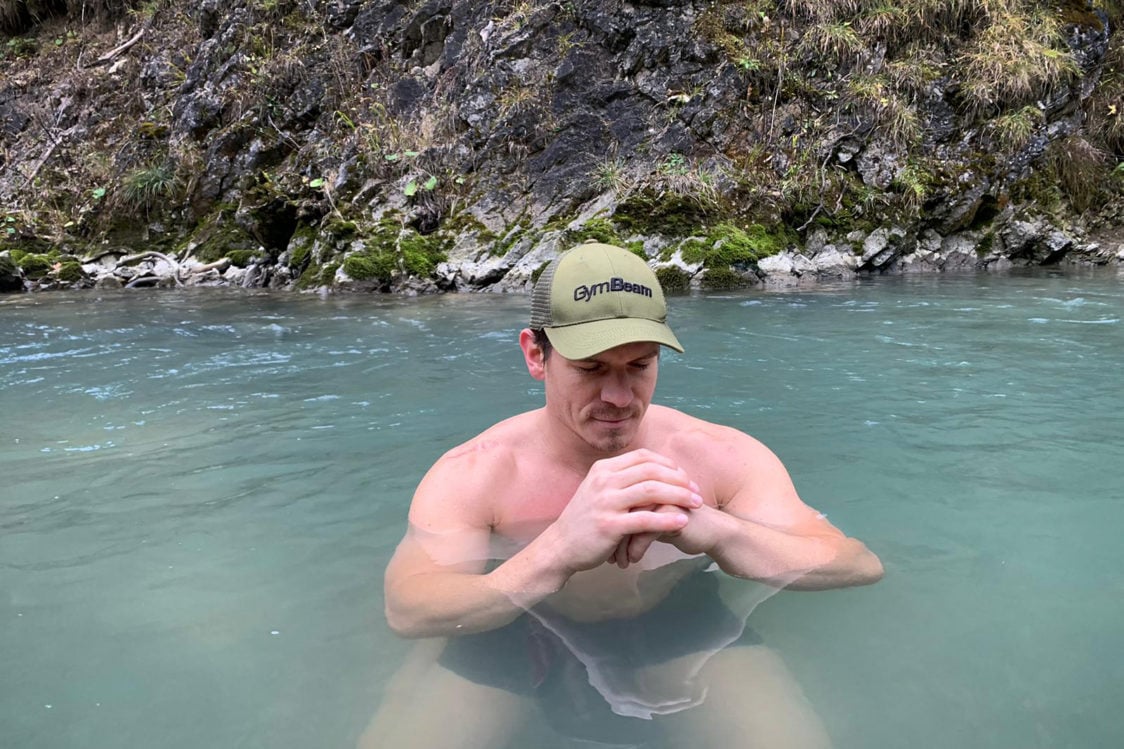
9. Outdoor winter swimming
If submerging in a mountain lake was a cold exposure graduation, swimming in ice-cold water can be compared to a college exam. Only the most experienced cold enthusiasts can manage swimming in a lake, pond or outdoor pool in winter. Even though you will eventually warm up while swimming, overall you will spend much more time in the water than if you just got in, stood still and got out again. Even this method, which is popular mainly in the Nordic countries, has benefits similar to those associated with other methods.
In addition, it is also a sports activity during which you can burn a nice amount of calories. On the other hand, it carries a number of risks, such as catching a cold or muscle cramps. Therefore, swimming in cold water (below 15 °C) should only be done by swimmers who have extensive experience with cold exposure and winter swimming. We could say that this method is meant for ”professionals” only. It is also important to mention that you should never go swimming alone. Neoprene swimsuits are also a good option for swimming in cold water. [9]
Even swimming in indoor pools has a number of benefits, which you can read about in our article 8 Benefits of Swimming that Will Get You Into a Pool Today.
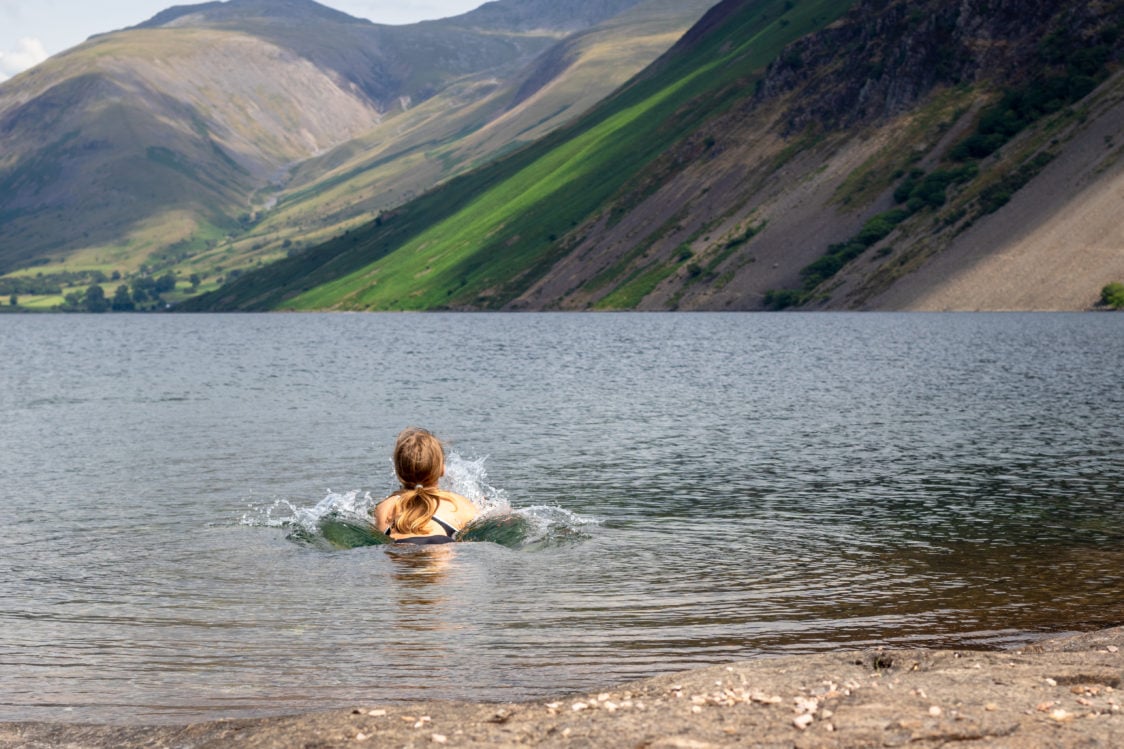
10. Cryochamber
In recent years, cryochambers are becoming more and more popular, especially among athletes. They are characterized by extremely low temperatures (-110 to -140 °C). You can also find in various wellness and rehabilitation centres.
When entering a cryochamber, you normally wear just underwear, socks, gloves, a headband and a mask. And how does the procedure look like? First, you enter the first chamber (temperature -60 to -80 °C), where the body gets used to the dry cold. After 30 seconds, you move to the main chamber with an even lower temperature and spend approximately 1-3 minutes there. Then you do some physical activity, such as riding an exercise bike or stretching, for about 10 minutes. As a result of the rapid change in temperature, there is intensive blood flow to the skin and muscles, which is associated with the support of regeneration, the treatment of sports injuries and a positive effect on immunity. [10]
What should you remember?
Regular exposure to cold has a number of positive effects, and if there is nothing stopping you from doing it, go for it. You can easily start by lowering your home temperature or taking short ice-cold showers. If you already know your way around this topic, try swimming in a mountain lake or a barrel full of ice water. Whatever you choose, always bear in mind your own safety and don’t risk your health unnecessarily.
If you know someone who you want to show that there are more ways to do cold water therapy than just standing in a lake, be sure to share this article with them.
[1] Castellani, J. W., & Young, A. J. Human physiological responses to cold exposure: Acute responses and acclimatization to prolonged exposure. – https://doi.org/10.1016/j.autneu.2016.02.009
[2] Huberman, A. The Science & Use of Cold Exposure for Health & Performance. – https://hubermanlab.com/the-science-and-use-of-cold-exposure-for-health-and-performance/
[3] Buijze, G. A., Sierevelt, I. N., van der Heijden, B. C. J. M., Dijkgraaf, M. G., & Frings-Dresen, M. H. W. The Effect of Cold Showering on Health and Work: A Randomized Controlled Trial. – https://doi.org/10.1371/journal.pone.0161749
[4] WHO Housing and health guidelines. – https://www.who.int/publications-detail-redirect/9789241550376
[5] Sleep Foundation. The Best Temperature for Sleep. – https://www.sleepfoundation.org/bedroom-environment/best-temperature-for-sleep
[6] Bieuzen, F., Bleakley, C. M., & Costello, J. T. Contrast Water Therapy and Exercise Induced Muscle Damage: A Systematic Review and Meta-Analysis. – https://doi.org/10.1371/journal.pone.0062356
[7] Science for Sport. Cold showers: Is there any scientific rationale? – https://www.scienceforsport.com/cold-showers-what-does-science-say/
[8] Ice baths for Athletes - Ice bath time: All you need to know. – https://www.on-running.com/en-in/articles/ice-baths-the-cold-hard-facts
[9] Knechtle, B., Waśkiewicz, Z., Sousa, C. V., Hill, L., & Nikolaidis, P. T. Cold Water Swimming—Benefits and Risks: A Narrative Review. – https://doi.org/10.3390/ijerph17238984
[10] Physiopedia. Whole-body cryotherapy. – https://www.physio-pedia.com/Whole-body_cryotherapy

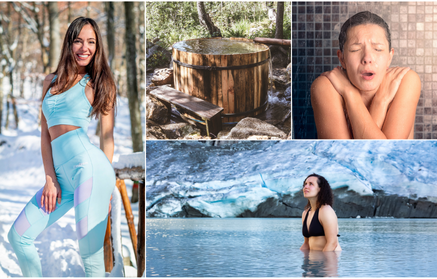
Add a comment